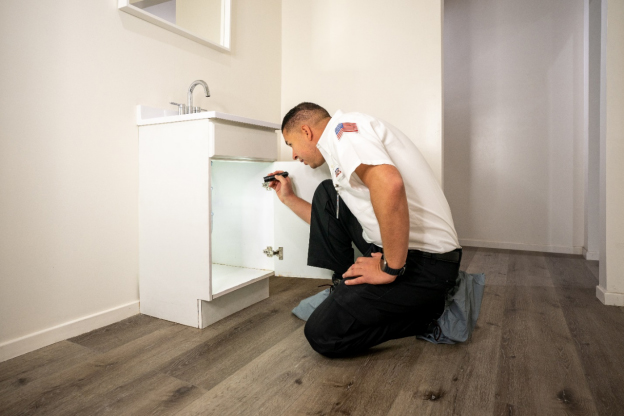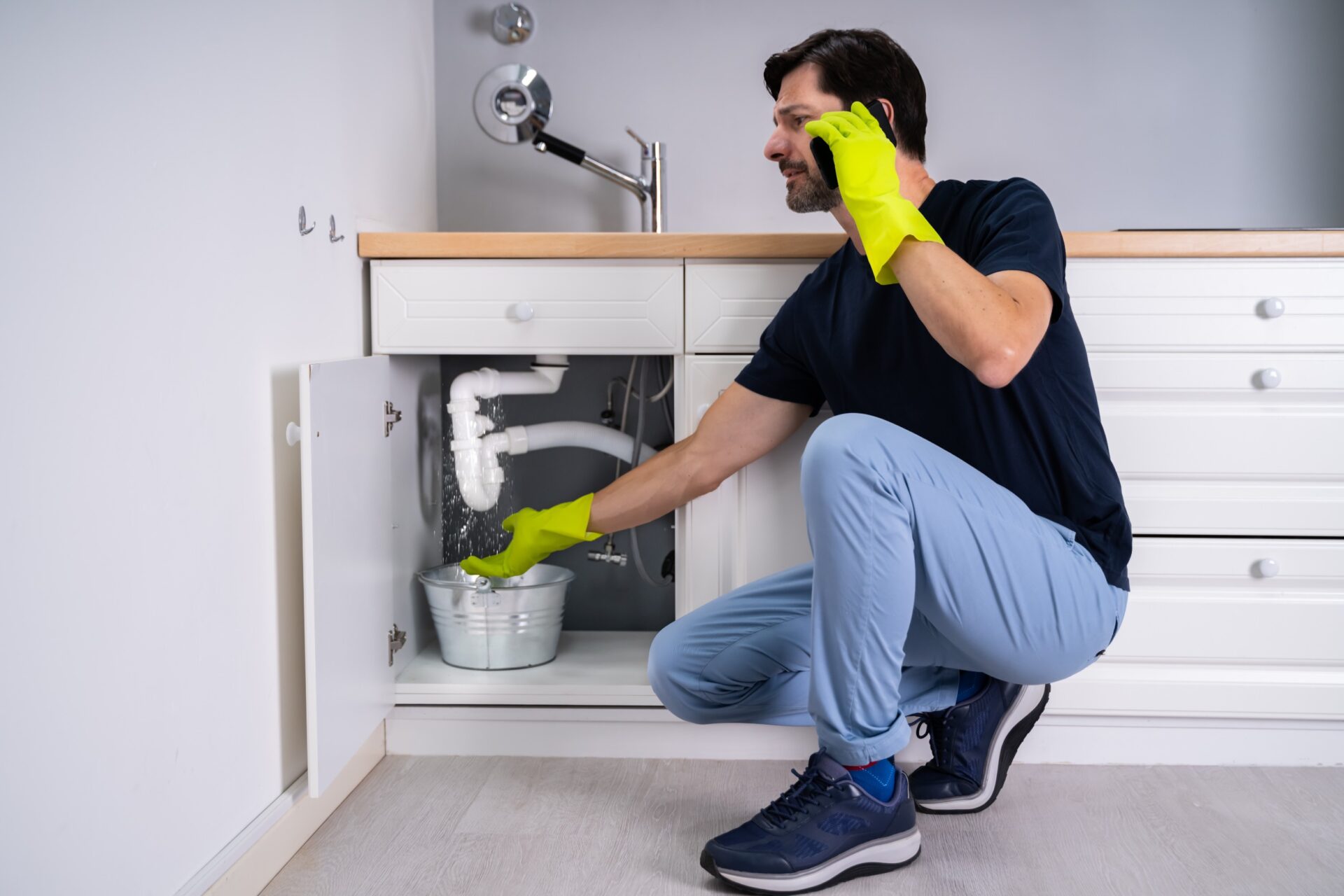Presented here in the next paragraphs you might get lots of sensible advice relating to DIY Plumbing Projects and When to Call a Professional.

Intro
Plumbing issues can range from small troubles to major headaches, frequently prompting home owners to make a decision between taking on the trouble themselves or contacting a professional plumbing technician. Knowing when to do it yourself and when to seek specialist help can save time, money, and stop potential catastrophes. This post discovers the factors to think about when making this essential choice.
Benefits of Do It Yourself Pipes
Tackling plumbing jobs on your own can be gratifying in numerous methods, especially for less complex jobs.
Complexity of Jobs
Some plumbing problems require specialized expertise and tools past normal homeowner capabilities. Messing up complex troubles can result in additional damage and expensive repairs.
Safety Concerns
Collaborating with plumbing systems includes dangers such as direct exposure to water damages, capacity for electrical threats, and handling devices inaccurately. Security preventative measures need to be observed to prevent accidents and guarantee efficient fixings.
Indicators to Call a Specialist Plumber
Recognizing when a pipes issue goes beyond do it yourself abilities is crucial to stop worsening problems.
Signs of Facility Problems
Examples include:
Motivate expert treatment is necessary to attend to these problems properly and lessen damages.
DIY Pipes Tips
For successful do it yourself pipes, it's necessary to be prepared with the right devices and comply with appropriate treatments.
Fundamental Devices and Materials
Trick devices for DIY plumbing:
Step-by-Step Guides
Clear guidelines guarantee safe and effective do it yourself repair services:
Picking the Right Time to Do It Yourself
Establishing when to deal with plumbing jobs yourself needs examining both the complexity of the issue and personal convenience levels.
Evaluation List
Think about:
Cost Financial savings
DIY plumbing projects typically save money by staying clear of specialist service charge. Jobs like repairing small leaks, replacing faucets, or mounting new showerheads are examples where house owners can handle fixings without hiring a plumber.
Skill Enhancement
Participating in do it yourself pipes provides an opportunity to learn and enhance practical skills. Standard tasks equip home owners to understand their pipes systems much better and obtain confidence in taking care of little fixings independently.
Risks of DIY Plumbing
While DIY projects offer advantages, certain threats need to be meticulously taken into consideration before attempting repair services.
When to Definitely Call an Expert
Specific scenarios require immediate experienced attention to stop comprehensive damage or security hazards.
Emergency situation Scenarios
Examples include:
Finding and Hiring a Professional Plumbing
Choosing a qualified plumber makes certain trustworthy service and assurance in fixing plumbing problems.
Criteria for Choice
Elements to take into consideration:
Expense Analysis: DIY vs. Specialist Services
Comparing the financial implications of do it yourself efforts versus expert plumbing solutions aids in making notified decisions.
Financial Considerations
Evaluate:
Verdict
Deciding whether to DIY or call a professional plumber hinges on comprehending the intricacy of plumbing concerns and personal capabilities. By weighing the benefits and risks, property owners can make informed selections that promote efficient upkeep and safeguard their homes from plumbing catastrophes.
When to DIY and when to call a professional plumber
There are Australian laws and regulations that regulate plumbing work in Australia. This means that there are few home plumbing tasks that you can DIY. Besides, a lot can go wrong with DIY plumbing projects. However, there are also plumbing works that you can successfully DIY. Read on to know when to DIY and when to call a professional plumber.
You can learn more about the risks of DIY plumbing projects, projects requiring special caution, and illegal DIY plumbing works to avoid. This post concludes with the services of commercial plumbers and why getting expert help is essential.
Reasons to Attempt DIY Plumbing Projects
While it is often not advisable to perform DIY plumbing repairs, several pros of DIY plumbing projects can make them attractive.
Save costs
A significant reason for doing DIY plumbing jobs is to save costs. It is possible to save on labour charges and overall fees if you buy the needed tools and parts from local hardware stores and do the repairs yourself.
Gaining experience
You can gain some hands-on experience in basic plumbing repair if you watch online videos and attempt the repairs yourself.
Confidence boosting
You can boost your confidence and self-reliance skills by performing DIY plumbing repairs and installations yourself.
Risks of DIY Plumbing Projects
If something goes wrong with your DIY plumbing project, you may have unfavourable results that you may consider the cons of DIY plumbing.
For one, your home may get so extensively water-damaged that your home and contents insurance will not cover you. You will also have to spend more money to repair the water or sewage problem than you would otherwise spend for professional plumbing jobs. Besides, you may often spend more time on DIY plumbing work than an experienced plumber would spend. This is because you may not have the needed skill set. There are also related safety hazards and potential threats of DIY plumbing jobs that you may need to consider. Plumbing Issues You Can Fix Yourself
You can attempt DIY plumbing for plumbing issues such as replacing tap washers, installing shower heads or performing minor tap leak repairs. However, it would help if you invited licensed plumbers to fix complex leaking showers, effectively deal with blocked drains, or repair hot water systems. This is the best way to ensure these plumbing issues are correctly fixed, and the project is insured.
Fixing clogged or blocked drains
You may have clogged drains or need help with slow-draining showers. These are tasks that you can resolve yourself using several options. To fix blocked drains, you may use baking soda, plungers, or wire hangers. Meanwhile, you can take the preventive measure of installing filtration systems such as drain filters to help prevent drain clogs.
New faucet installations
It is possible to install a new faucet yourself. You would have to turn off the hot and cold water valves. Then, you can remove and fix the old faucet and replace it with the new one.
Leaky faucet repairs
While leaky faucet repairs are more technical than installations, you can also take some steps to fix them. Turning off water valves is the first step in draining water from plumbing systems. Next, you can use a washcloth to cover the drain and remove the decorative handles.
This will allow enough room to unscrew the nuts that attach the faucet handle to the stem. Your final step is to take out and replace the old washers and O-rings with the new duplicates.
Fixing running toilets
An occasional DIY solution for running toilets is to restore the flapper in the tank to its proper place.
Burst pipes
You may have issues with your exterior plumbing fixtures. It may simply be that your inbound or outbound pipes have worn out, or you may have burst pipes due to flooding or large tree roots.
You may also have frozen pipes. These are all instances when you need to call a professional plumber. They will perform pipe inspections to locate the problem and implement solutions such as pipe relining.
Interior plumbing repairs
It's usually time to call a competent plumber if you want to do plumbing repair work on floors, ceilings, or the walls of your building. They can also help you fix faulty showers and sinks.
Plumbing renovation
Major renovation projects or plumbing jobs such as bathroom remodelling and bathroom renovations require the services of a professional plumber. Likewise, you need a professional plumber to fix your kitchen sink or plumbing. They can help you get the required plumbing permits. At the same time, they know what building codes apply to such renovation projects.

I stumbled upon that blog post on when looking around the search engines. Do you know about somebody else who is sincerely interested in the topic? Do not hesitate to promote it. I cherish your readership.
Click Here